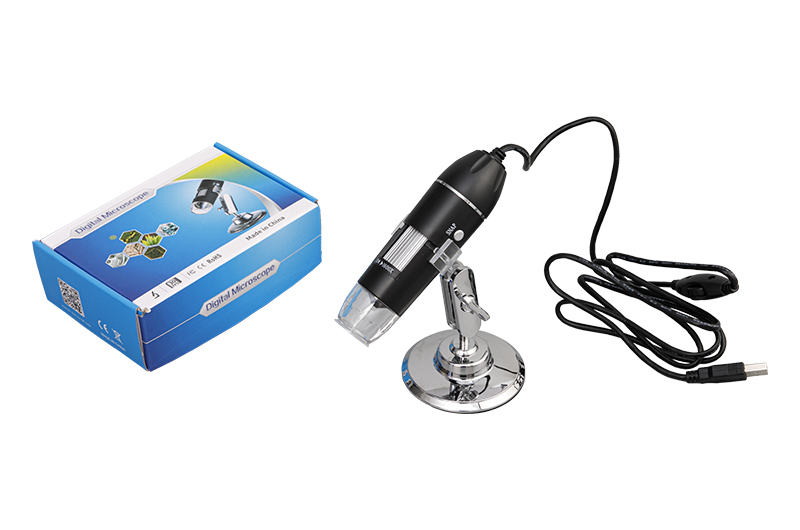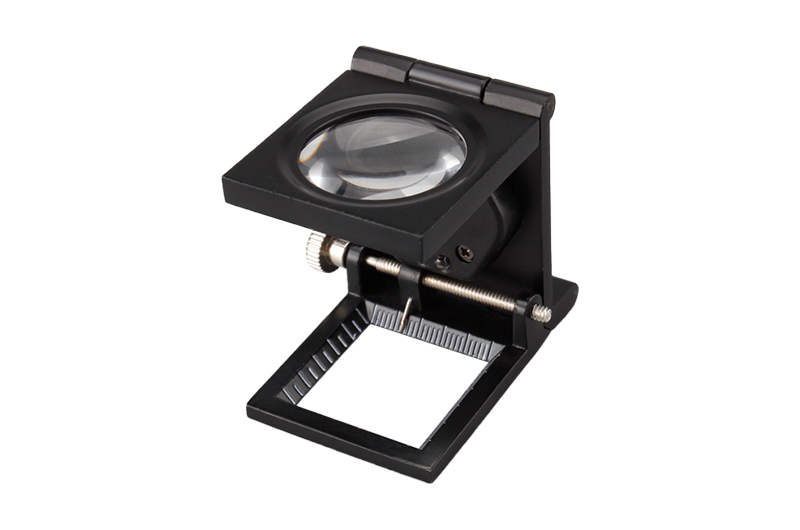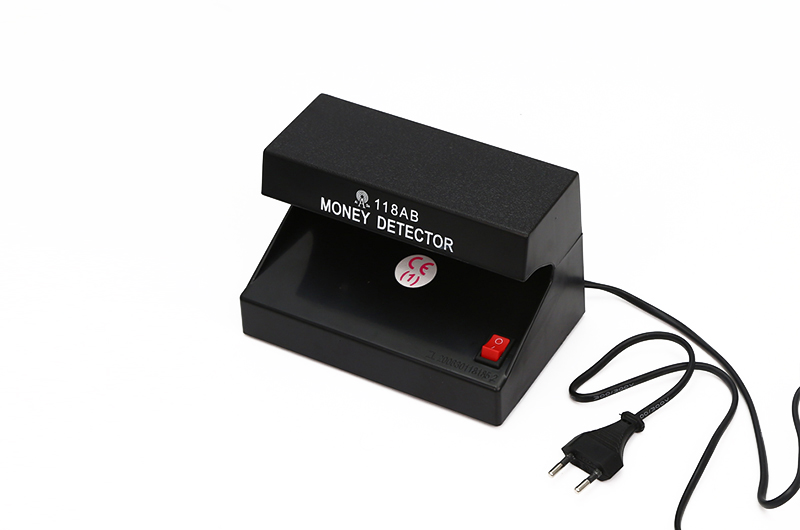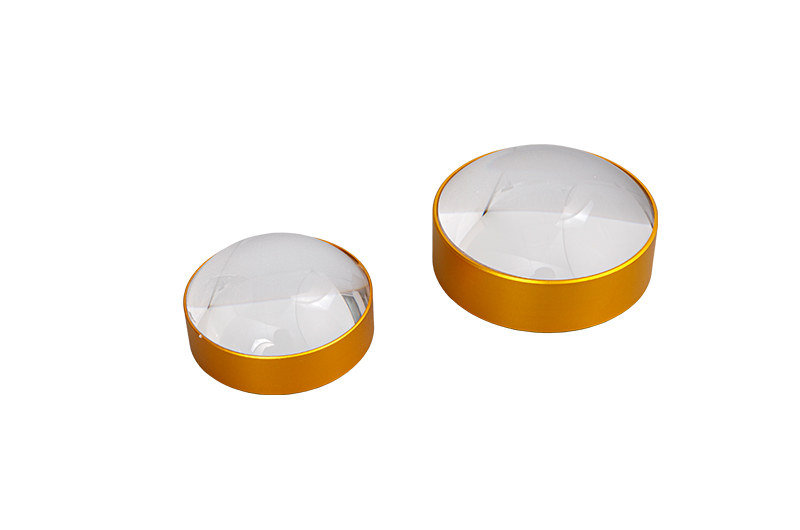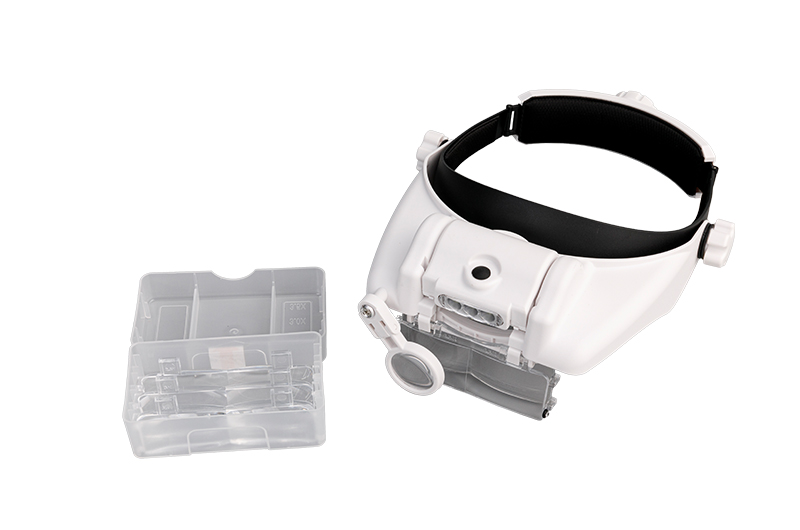Optical Lenses Supplier – Acrylic lens, PMMA Plastic lens. – OPTICAL INSTRUMENT
Optical Lenses Supplier – Acrylic lens, PMMA Plastic lens. – OPTICAL INSTRUMENT Detail:
Lens introduction:
The base plate of acrylic lens is made of PMMA, which is also called pressed acrylic lens by people in Hong Kong and Taiwan. Acrylic lens refers to the extruded acrylic plate. In order to achieve the optical grade electroplating, the base plate will form the mirror effect after vacuum coating. Plastic lens is used to replace glass lens, which has the advantages of light weight, not easy to break, convenient molding and processing, easy coloring and so on, The development momentum is rising day by day, and it has become a kind of technology in lens production. Plastic plates can generally be made into: single-sided mirror, double-sided mirror, plastic mirror, paper mirror, half lens, etc. they can be made according to different requirements. For example, the screen of mobile phone and TV can be seen every day.
Lens characteristics:
Acrylic is suitable for secondary processing, such as machining, thermoplastic molding, blow molding, blister, solvent bonding, thermal printing, screen printing and vacuum electroplating. After the success, it is what we call acrylic lens.
Acrylic plate is polymerized by methyl methacrylate monomer (MMA), namely polymethylmethacrylate (PMMA) plate plexiglass, which is a kind of plexiglass processed by special process. It has the reputation of “plastic Queen”. The research and development of acrylic has a history of more than 100 years.
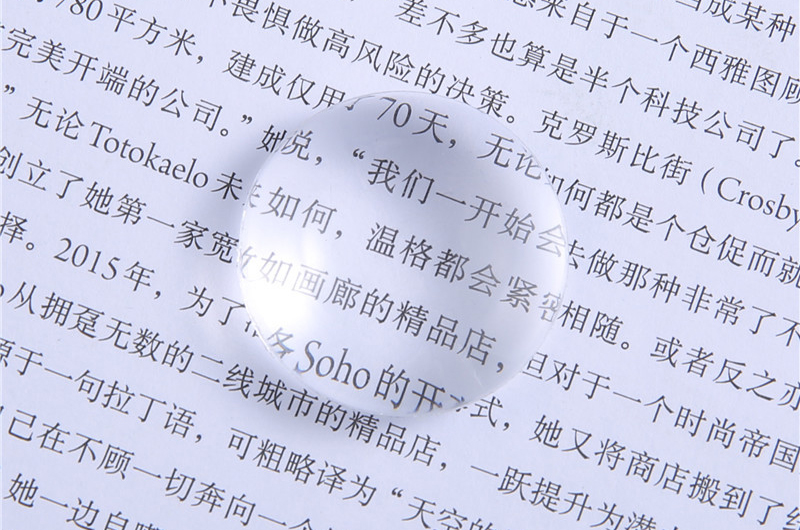
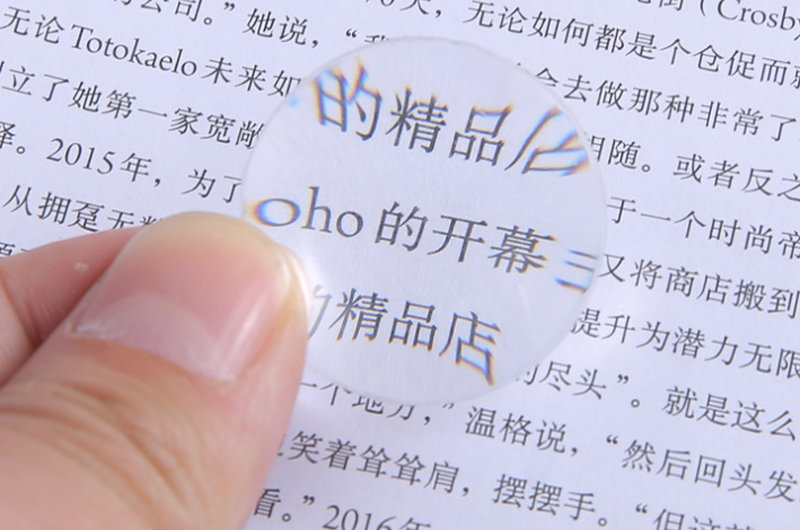
Lens use:
Acrylic has the advantages of light weight, low price and easy molding. Its molding methods include casting, injection molding, machining, acrylic thermoforming, etc. In particular, injection molding can be produced in large quantities, with simple process and low cost. Therefore, it is widely used in instrument parts, automobile lamps, optical lenses, transparent pipes and so on.
Acrylic is the best new material to make sanitary ware after ceramics. Compared with traditional ceramic materials, acrylic not only has unparalleled high brightness, but also has the following advantages: good toughness and not easy to damage; Strong restorative, as long as the soft foam dipped in toothpaste can wipe the sanitary ware a new. The texture is soft, and there is no bone chilling feeling in winter; Bright colors can meet the individual pursuit of different tastes. The table basin, bathtub and toilet made of acrylic are not only exquisite in style, durable, but also environmentally friendly. Its radiation line is almost the same as that of human bones. Acrylic sanitary ware first appeared in the United States and now accounts for more than 70% of the whole international market. Due to the difficulty and high cost of acrylic production, there are many low-cost substitutes in the market. These substitutes, also known as “acrylic”, are actually ordinary organic board or composite board (also known as sandwich board). Ordinary organic board is cast with ordinary plexiglass cracking material and pigment. Its surface hardness is low and easy to fade. The polishing effect is poor after polishing with fine sand. The composite board has only a thin layer of acrylic on the surface and ABS plastic in the middle. It is easy to delaminate due to the influence of thermal expansion and cold shrinkage in use. True and false acrylic can be identified from the subtle color difference and polishing effect of the plate section. 1 Architectural application: window, soundproof door and window, daylighting cover, telephone booth, decorative color mirror, etc Advertising Application: light box, signboard, signboard, exhibition rack, etc Transportation application: train, car reversing mirror, car lens, etc. 4 Medical application: baby incubator, various surgical medical instruments, civilian articles: handicrafts, cosmetic mirrors, brackets, aquariums, toy mirrors, etc Industrial application: instrument panel and cover, etc Lighting applications: fluorescent lamp, chandelier, street lamp cover, led reflector, acrylic reflector, etc.
Process characteristics:
1. Acrylic contains polar side methyl, which has obvious hygroscopicity. The water absorption is generally 0.3% – 0.4%. It must be acrylic plate before forming
It must be dried under the condition of 80 ℃ – 85 ℃ for 4-5h. 2. Acrylic has effective and obvious non-Newtonian fluid characteristics in the temperature range of molding processing. The melt viscosity will decrease significantly with the increase of shear rate, and the melt viscosity is also very sensitive to the change of temperature. Therefore, for the molding processing of polymethylmethacrylate, increasing the molding pressure and temperature can significantly reduce the melt viscosity and obtain better fluidity. 3. The temperature at which acrylic begins to flow is about 160 ℃, and the temperature at which it begins to decompose is higher than 270 ℃, with a wide processing temperature range. 4. The viscosity of acrylic melt is high, the cooling rate is fast, and the products are easy to produce internal stress. Therefore, the process conditions are strictly controlled during molding, and the products also need post-treatment after molding. 5. Acrylic is an amorphous polymer with small shrinkage and its variation range, generally about 0.5% – 0.8%, which is conducive to forming plastic parts with high dimensional accuracy. 6. Acrylic cutting performance is very good, and its profile can be easily machined into various required sizes.
Processing technology:
Acrylic can adopt casting, injection molding, extrusion, thermoforming, laser engraving, laser cutting and other processes.
Casting molding
Casting molding is used to form profiles such as plexiglass plates and bars, that is, profiles are formed by bulk polymerization. The cast products need post-treatment. The post-treatment conditions are heat preservation for 2h at 60 ℃ and heat preservation for 2h at 120 ℃
Injection molding
Injection molding adopts the granular material prepared by suspension polymerization, and the molding is carried out on the ordinary plunger or screw injection molding machine. Table 1 shows the typical process conditions of polymethylmethacrylate injection molding. Process parameters screw injection molding machine plunger injection molding machine barrel ℃ temperature rear 180-200 180-200 middle 190-230 front 180-210 210-240 nozzle temperature ℃ 180-210 210-240 mold temperature ℃ 40-80 40-80 injection pressure MPa 80-120 80-130 holding pressure MPa 40-60 40-60 screw speed rp.m-1 20-30 injection products also need post-treatment to eliminate internal stress, The treatment is carried out in a 70-80 ℃ hot air circulation drying oven. The treatment time of acrylic bar generally takes about 4H depending on the thickness of the product.
Thermoforming
Thermoforming is the process of making plexiglass plate or sheet into products of various sizes and shapes. The blank cut into the required size is clamped on the mold frame, heated to soften it, and then pressurized to make it close to the mold surface to obtain the same shape as the mold surface. After cooling and shaping, the edge is trimmed to obtain the product. The method of vacuum drawing or direct pressurization of punch with profile can be adopted for pressurization. The thermoforming temperature can refer to the temperature range recommended in Table 3. When using rapid vacuum low draft forming products, it is appropriate to adopt the temperature close to the lower limit. When forming deep draft products with complex shape, it is appropriate to adopt the temperature close to the upper limit. Generally, the normal temperature is adopted.
We have all size of Arylic lens, if you need them, please kindly contact us, we also can make the Arylic lens as per your requirement. You can sent the drawing to us, then, we can make the moulds for you. Thank you a lot.
Product detail pictures:
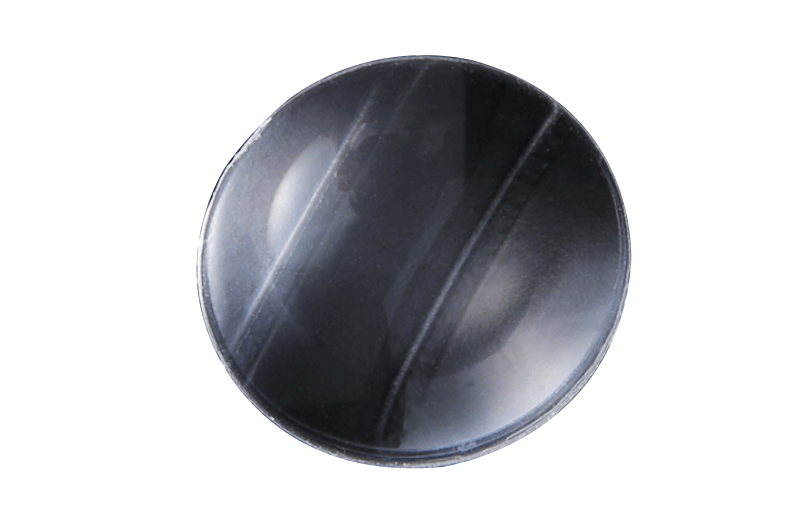
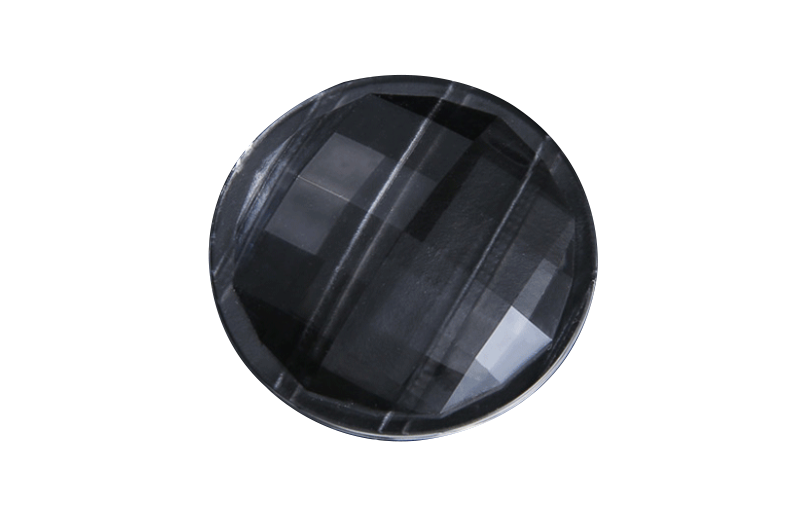
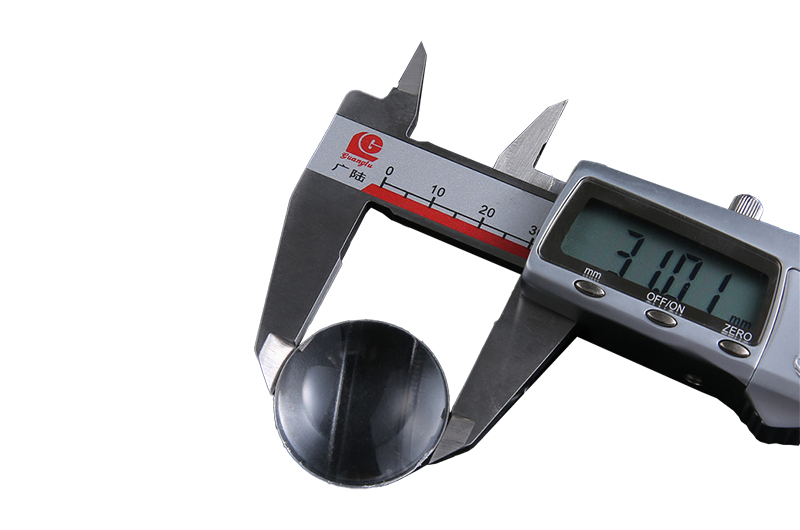
Related Product Guide:
Our commission should be to provide our customers and consumers with ideal top quality and aggressive portable digital products for Optical Lenses Supplier – Acrylic lens, PMMA Plastic lens. – OPTICAL INSTRUMENT, The product will supply to all over the world, such as: Croatia, Singapore, Ukraine, We have more than 100 works in the plant, and we also have a 15 guys work team to service our customers for before and after sales. Good quality is the key factor for the company to stand out from other competitors. Seeing is Believing, want more information? Just trial on its products!
Hope that the company could stick to the enterprise spirit of "Quality, Efficiency, Innovation and Integrity", it will be better and better in the future.






